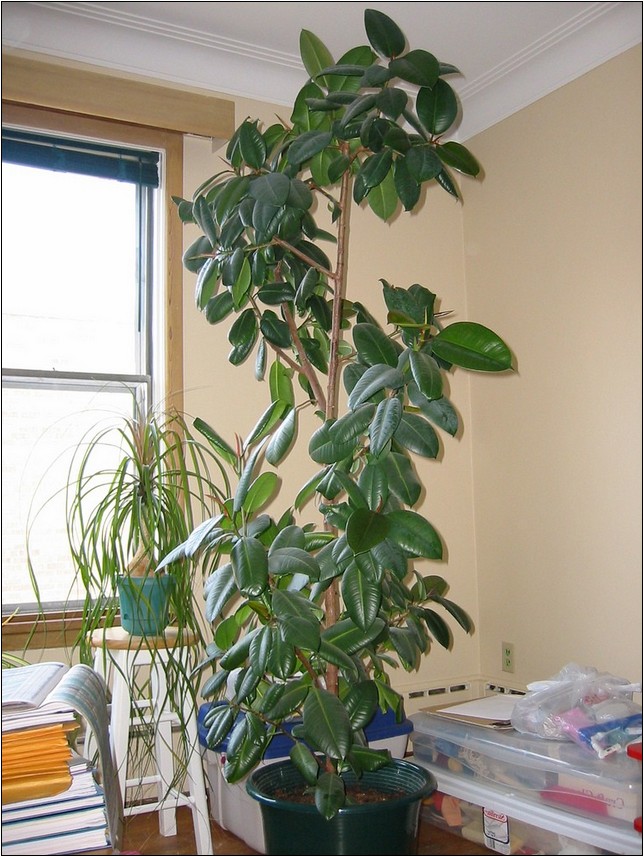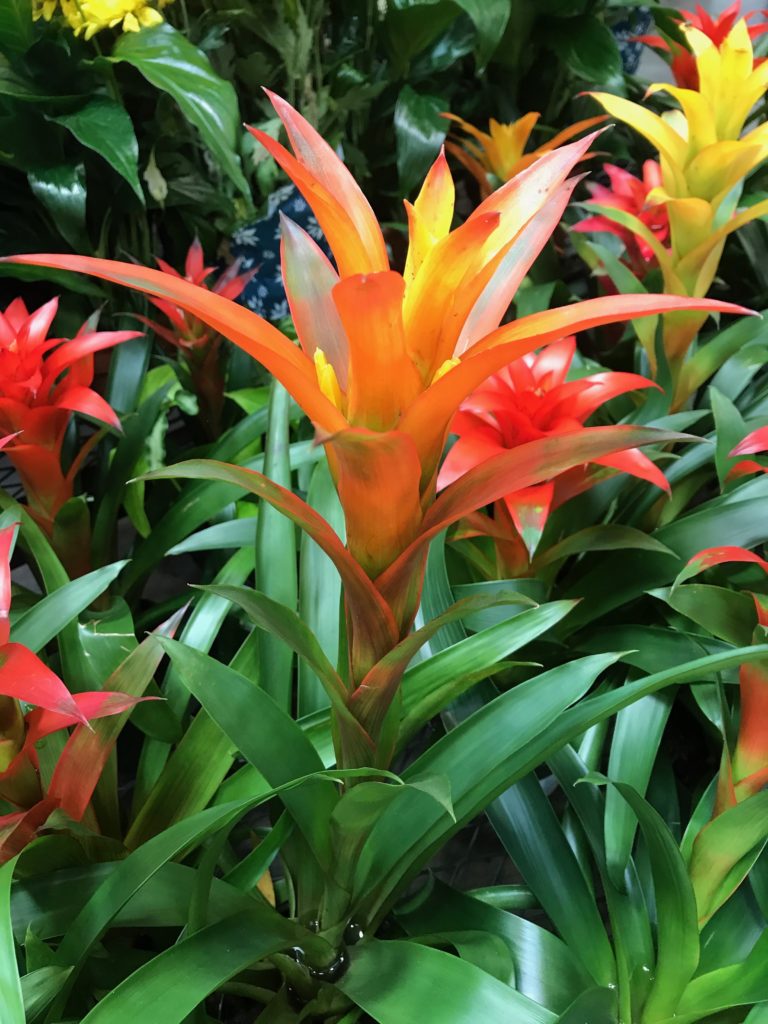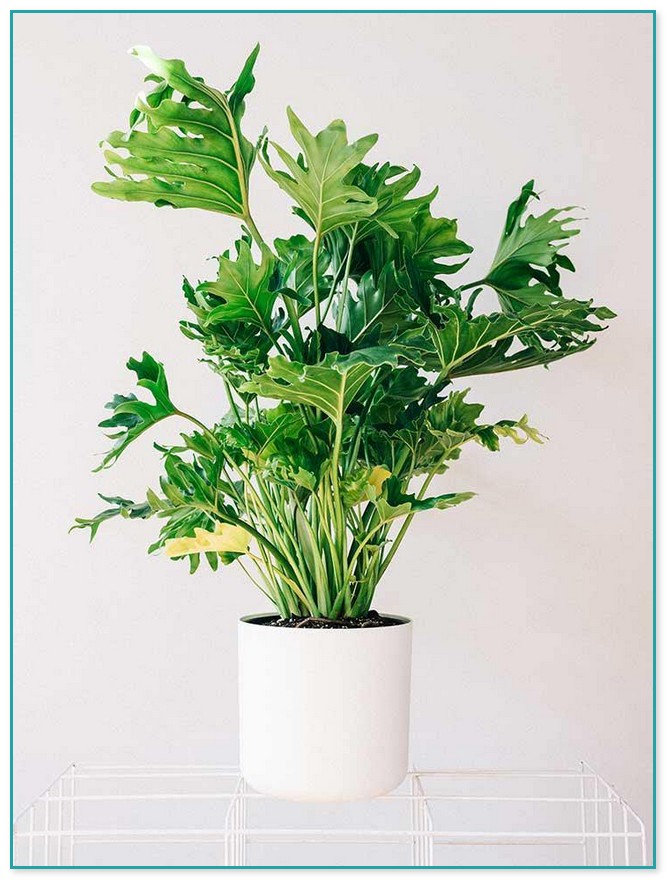

Cast-iron plants aren’t always classed as houseplants. Its tough leaves, glossy and dark green, 1 to 2½ feet long and 3 to 4 inches wide, arch elegantly the leaves are pointed at the tips. Small plants at the ends of stems grow complete with roots, so you can snip them off and plant them.Īs its common name implies, cast-iron plant is strong-one of the sturdiest and most carefree of all houseplants, though somewhat slow-growing. If you grow Chlorophytum in a hanging basket, rotate the basket a half-turn every week or so to produce even, well-spaced growth. Let the soil dry out a bit between waterings. Though it will tolerate the low humidity of most homes, it does benefit from frequent misting. Growing conditions: Chlorophytum prefers bright, reflected light, standard potting soil, and average house temps. To best protect these offspring, grow spider plant as a hanging plant. Tiny white flowers appear at the ends of the 2-foot-long stems before miniature plants sprout. The mother plant, a clump of curving leaves that resemble long, broad grass blades, sends out long stems with “baby” plants at their ends. Spider plants, native to tropics around the globe and the first houseplant for innumerable people, probably owes its popularity to its unique growth habit (and for its ease of growth as a low light houseplant). Clean leaves regularly with a damp cloth. If the plant becomes leggy, cut it back to 6 inches from the soil line. And sudden changes from low to high light levels usually inflict sunburn on leaves. Dieffenbachia will not survive constant overwatering. Turn plants occasionally for even growth. Except in autumn and winter, apply a complete fertilizer regularly. Water it when soil feels dry to the touch. It’s happy with standard potting soil, average home temps, and average humidity. Growing conditions: Dieffenbachia likes filtered light or a northern exposure.

Acrid sap from the leaves, if eaten, burns the mouth and throat and may actually paralyze the vocal cords, hence its common name (dumb is an archaic word that means “mute”). Flowers that look like odd, narrow calla lilies form on mature plants. Young plants generally grow on single stems, but older plants may develop multiple stems. Leaves are variegated in greens and cream colors.

Offering generous size, fascinating foliage, and good tolerance of indoor conditions, Dieffenbachia is a fan favorite, especially as a houseplant for darker spaces.


 0 kommentar(er)
0 kommentar(er)
